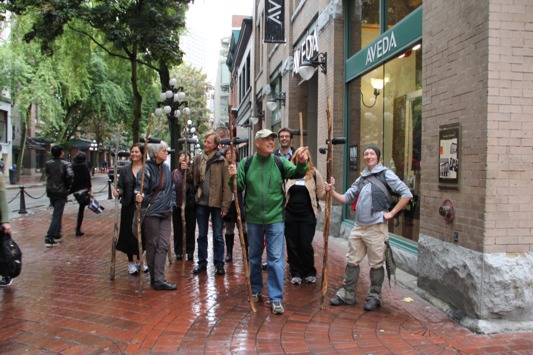
Vancouver is in an unusual situation. Unlike most large Canadian cities we do not normally get snow and live in a habitat with lots of tall trees and a lot of rain. These factors make walking in Vancouver’s low light winters a challenge. Snow does provide some light bounce, and does make cars go slower. In 2016 nearly one pedestrian a month was killed on the City of Vancouver streets. Most were over 50, and most were men. The majority of pedestrian deaths in the Province died while legally crossing the road in a marked intersection.
An interview by the CBC points out that 40 per cent of all pedestrian deaths in the Province occur in November, December and January. Of that amount 61 per cent were over 50 years and more than one-third were over 70 years of age. The 2017 numbers for pedestrian deaths are not released yet from the B.C. Coroners Service for the Province. Price Tags has recently written about the fact that pedestrian signal crossing time is not long enough for many seniors, and that the standard crossing times for the elderly are being internationally challenged.
On a per capita basis, Vancouver has a worse record of killing pedestrians than the City of Toronto which is actively campaigning to reduce road violence. “A recent survey released by ICBC revealed that nine out of 10 drivers worry about hitting a pedestrian at night, particularly in wet weather, while eight in 10 pedestrians don’t feel safe in those conditions.”
The Provincial Medical Health Officer has written Where the Rubber Meets the Road trying to halt the 280 annual deaths (47 in Metro Vancouver) from automobiles in the Province, and the 79,000 who are injured. Vulnerable road users, those using active transportation have increased in fatalities, comprising 34.9 per cent of all fatalities in 2013. Road design, speed, driver behaviour and visibility are all aspects of road safety and achieving Vision Zero as set out in Europe. The safety of vulnerable road users is now a public health priority in British Columbia and in Toronto, and we need to design our streets and slow down vehicular speeds as if every road user’s life truly does matter.
Because pedestrian deaths in the City of Vancouver are simply not acceptable.


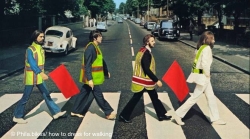
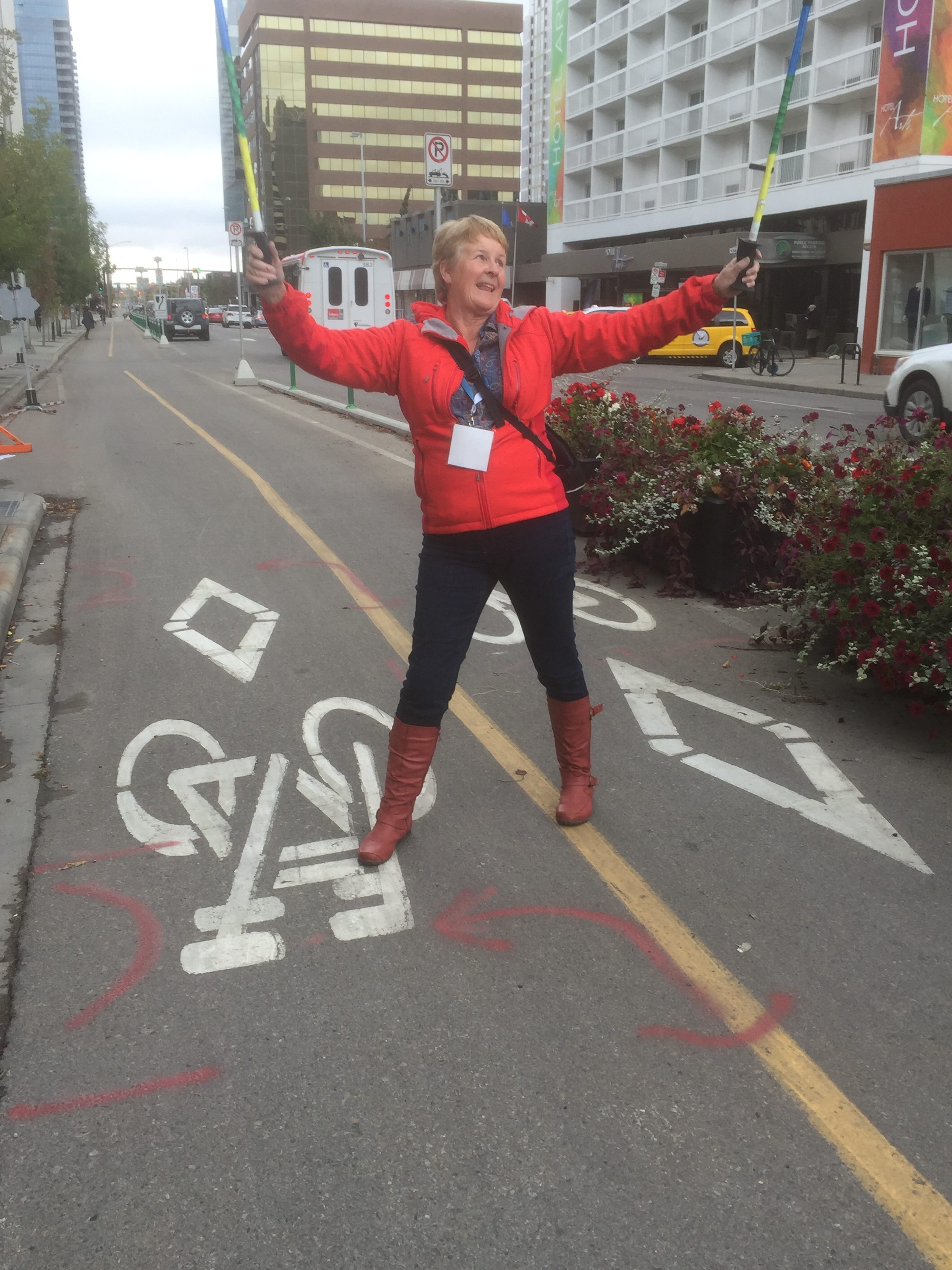



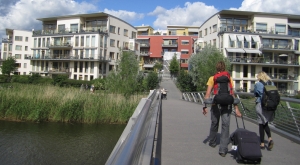


 View from Seoullo 17 of Traffic
View from Seoullo 17 of Traffic One of several entrances to Seoullo 17 integrated into new plazas at ground level
One of several entrances to Seoullo 17 integrated into new plazas at ground level


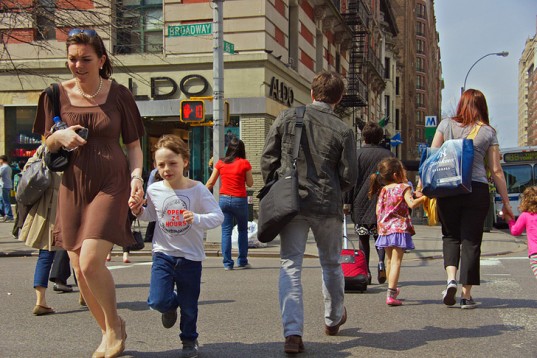










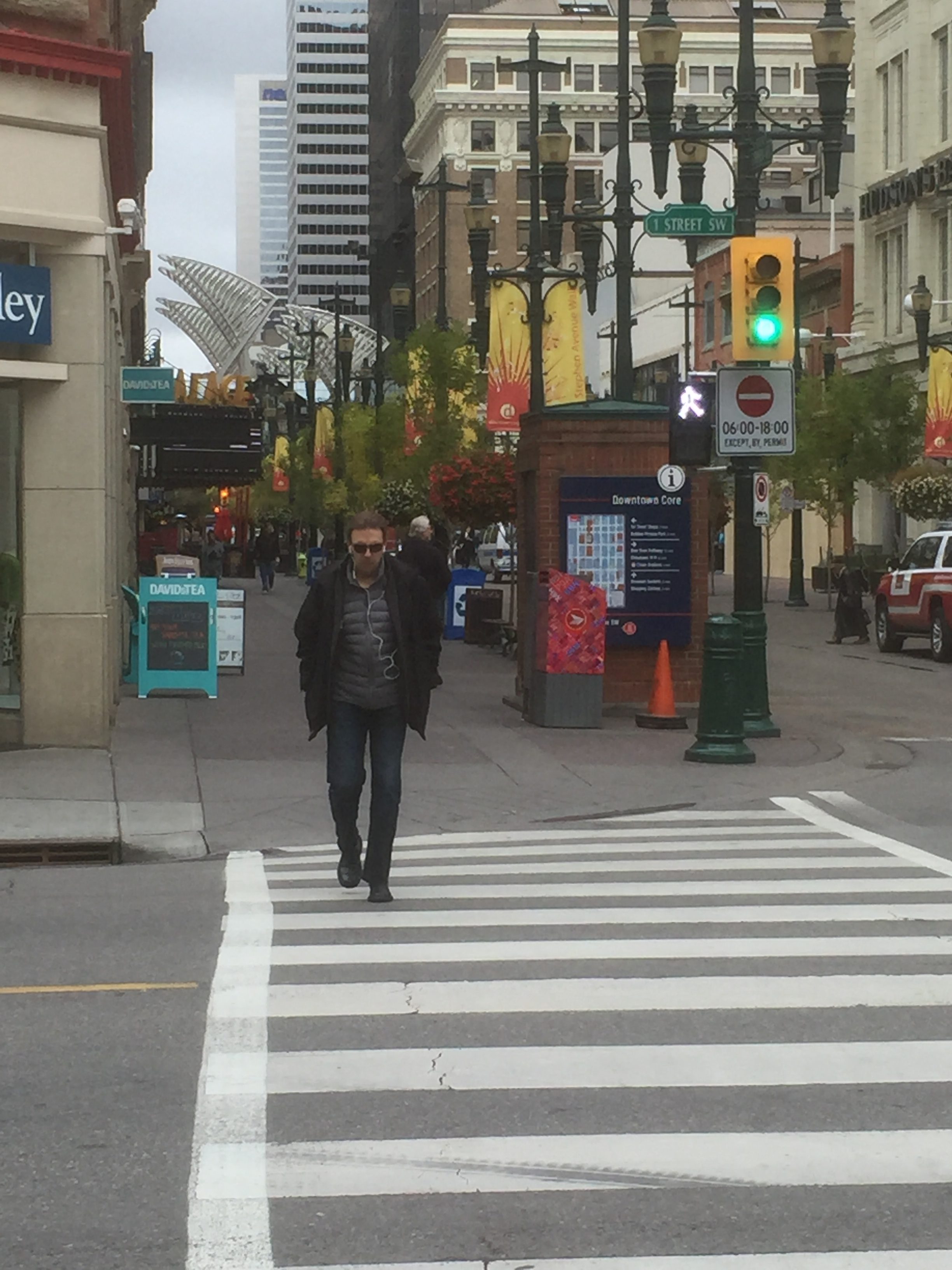

 Photos~Christopher Cheung
Photos~Christopher Cheung